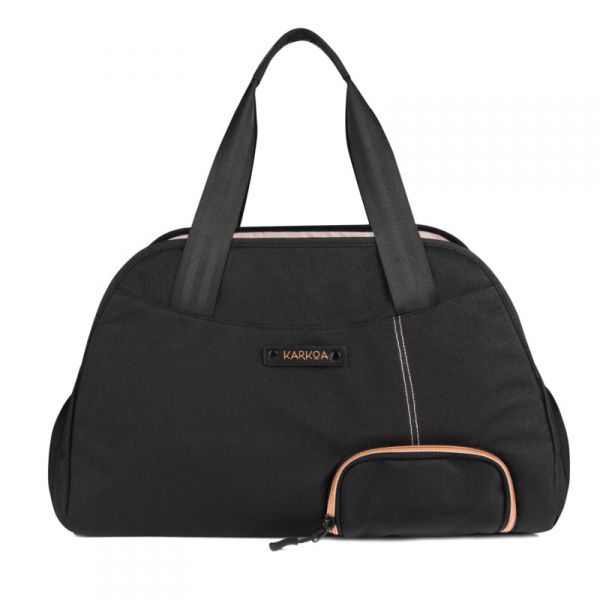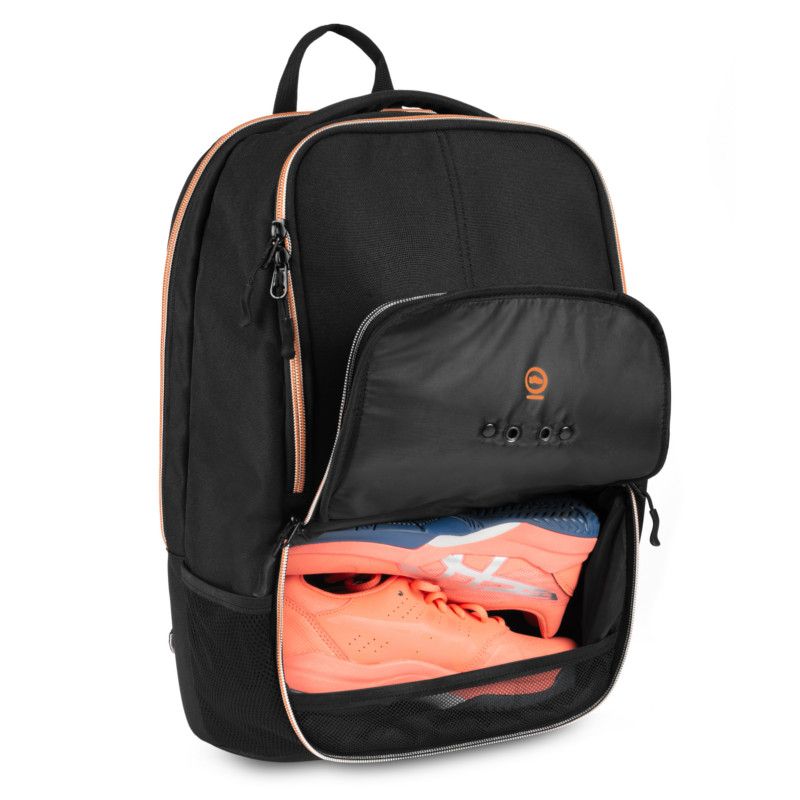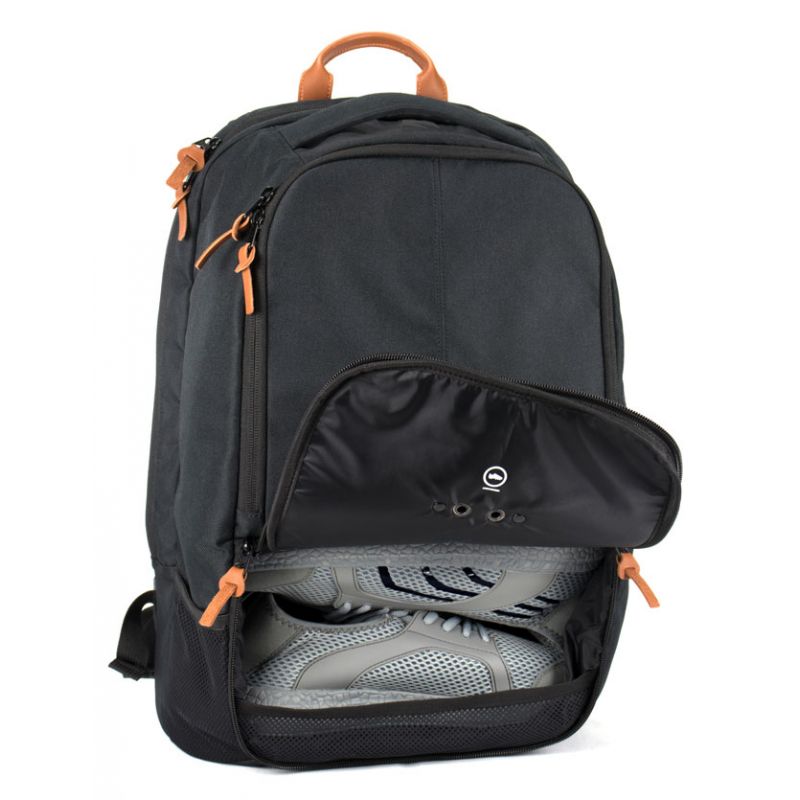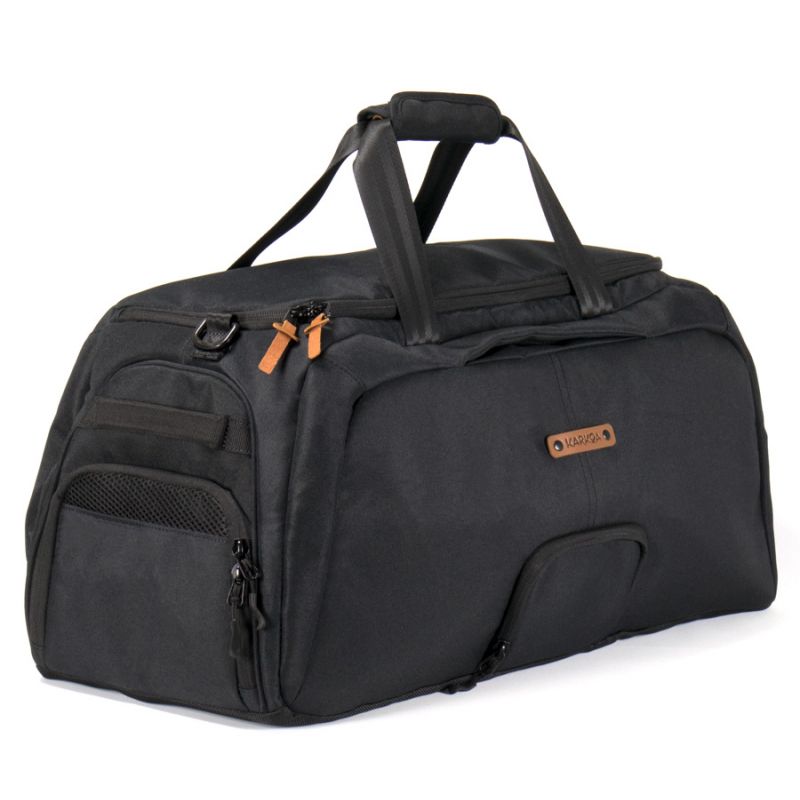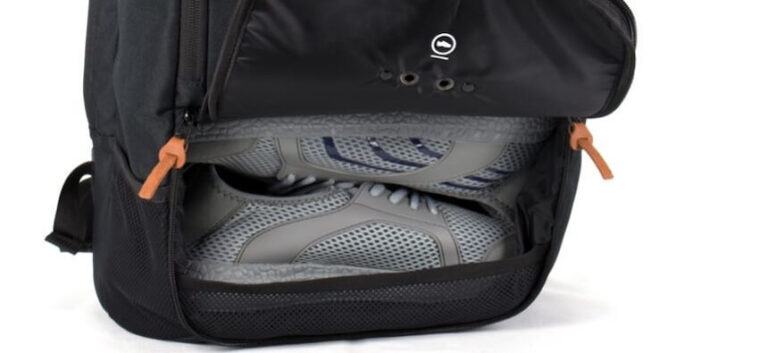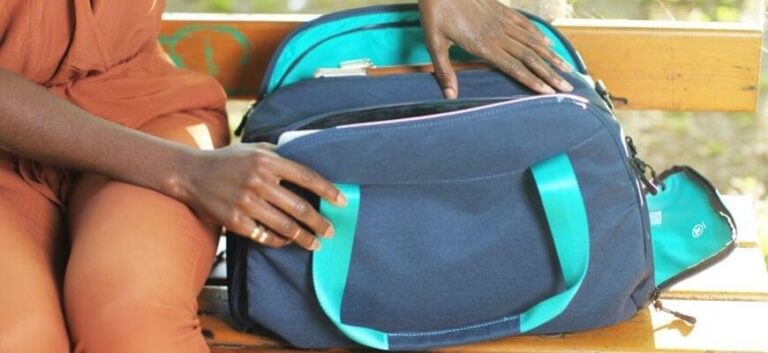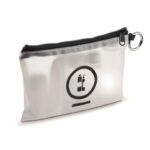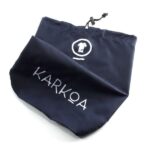If you wear shoes that don’t suit your running style, you risk injury. Understanding the placement of your feet during a stride is the only way to make sure you’re wearing the right shoes for efficient running.
Did you say pronation?
When you walk or run, your foot has to absorb a lot of shock. The weight of the body shifts alternately from one leg to the other. During a run, the leg joints have to absorb the equivalent of six to eight times the body weight. This means, for example, that for a runner weighing 80 kg, each leg will have to bear almost 480 kg with each stride. The joints, and therefore the foot, will be under considerable strain.
To reduce the force exerted and lessen the impact, the foot will naturally curl inwards with each stride. This phenomenon is called pronation. This movement of the foot, by curling inwards, will help to absorb the impact. The foot arch will then support around three times the weight of the body (that’s still 160 kg for our runner weighing 80 kg).
If the foot does not curl enough or curls too far inwards, it will be less effective at absorbing the shock of running. Over time, this can lead to more or less serious injury. Around 60% of runners are affected by this phenomenon.
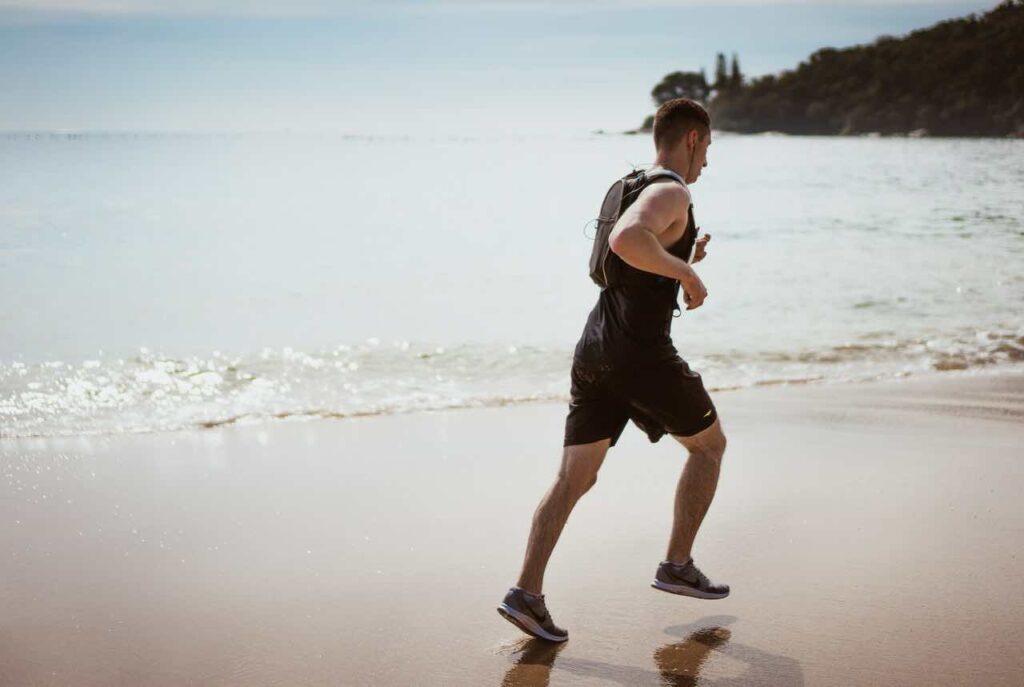
The different types of stride
There are three categories of stride.
Neutral stride
The neutral (or universal) stride is found in around 50% of runners. During a stride, the foot first lands on the outside of the heel and then curls inwards to better distribute and absorb the shock. The main support remains relatively centred, with an even distribution of body weight from the back to the front of the foot. To find out whether you have a neutral stride, look at the wear on your soles. With a neutral stride, the central part of the sole of the shoe will be more worn.
Pronating stride
The pronated stride is present in 40% of runners. The foot also lands on the outside of the heel, but then curls inwards too much. The runner’s weight is then transferred to the edge of the foot instead of to the ball of the foot. The inner part of the sole of the shoe is more worn.
Supine stride
Finally, the supinator stride is present in only 10% of runners. The foot lands on the outside of the heel, but at a much greater angle than in other cases, and curls inwards only slightly. The shock is less well absorbed and the outer part of the sole is more worn.
Supinator running? What are the implications?
With a neutral stride, the body’s weight is distributed evenly over the entire length of the foot and shock absorption is very effective. Injuries are less frequent, although the risk is not zero.
Runners with a pronated stride have poorer shock absorption. The inside edge of the foot is put under a lot of stress. The big toe and the second toe are heavily used for cushioning and suffer as a result. Pronators often suffer from torsion of the foot, ankle and tibia, as well as fragile Achilles tendons.
The foulée supinatrice is the most destructive. Instead of being effectively absorbed, the shocks are diffused throughout the lower leg. The result is heavy pressure on the smaller, more fragile toes and on the outside of the foot. The risk of tendonitis and knee pain is greatly increased in supinators.
Which shoe for a supinator stride?
A supinated stride increases the risk of injury and reduces running efficiency.
It is therefore particularly important to use suitable footwear to help distribute the body’s weight when running and reduce the risk of injury.
- Most running shoes on the market are designed for a universal stride.
- Shoes with reinforcement on the inside are suitable for a pronated stride. The foot will be better supported and will not sag as much under the weight of the body. Shoes for overpronators are also fairly common, and there’s a good chance you’ll be able to find one that suits you in a sports shop.
- The supinator stride requires the shoe to be reinforced on the outside of the foot. Unfortunately, as this stride is much less widespread, affecting only around 10% of runners, there are few models on the market that are adapted to it.
One solution is to use orthopaedic insoles that correct the position of the foot when running. The insole simply slips into the shoe and provides the correction needed for good support and better shock absorption. For the insoles to be effective, they must be used with universal running shoes.
Be careful, however, before opting for a correction. A pronated or supinated stride may be the result of an imbalance in the body linked to an underlying anatomical defect. It is therefore imperative to take into account the position of the body as a whole before opting for a solution. An unjustified correction can also be a source of injury. Don’t hesitate to call in a specialist, who will carry out an overall analysis of your posture and be able to determine the best option for improving your stride and cushioning, making your running more efficient and protecting you from possible injury.
The right tip for runners
Do you train for a run during your break at work? Check out Karkoa’s compartmentalised sports bags, designed to carry both your sports and work gear!
